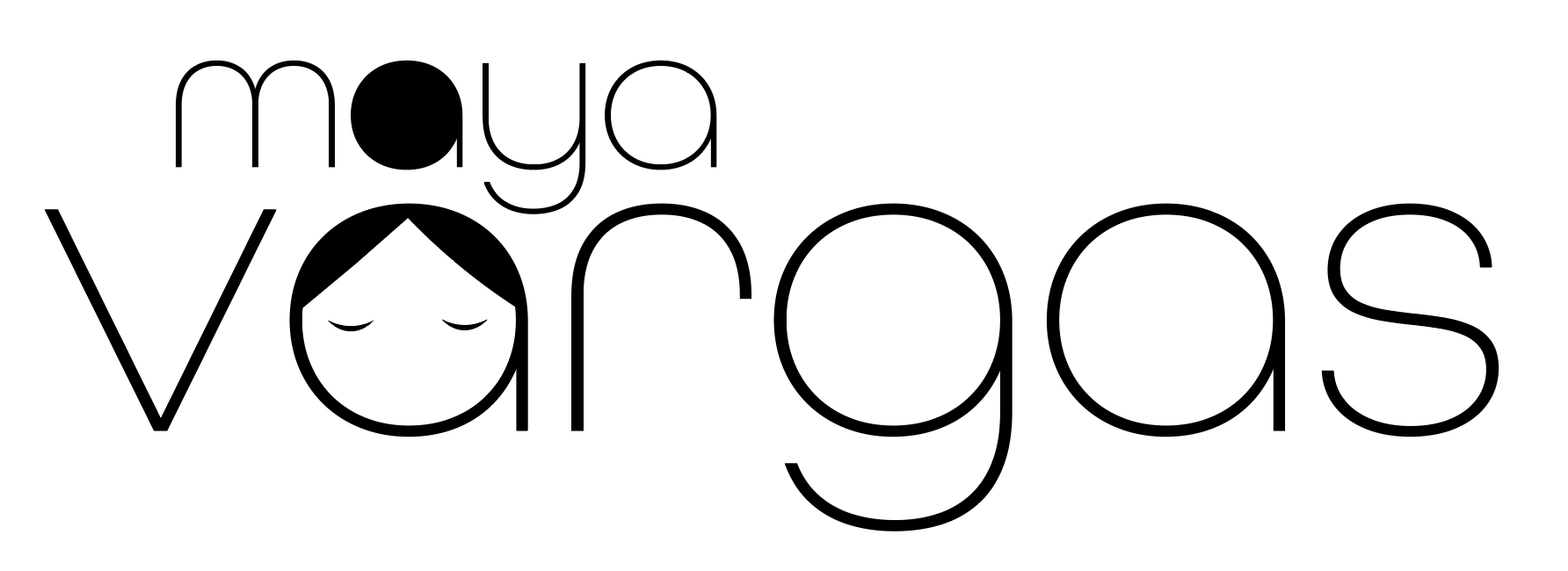BikeBox
Overview
Duration:
10 weeks
Tools:
Adobe Illustrator
Adobe InDesign
Skills Learned:
Project management
interaction design
design system
The Problem
Urban planners often do not consider marginalized communities when creating and defining bike infrastructure for neighborhoods and cities. Their efforts often benefit privileged communities that are predominately white, which has perpetuated the alienation of other individuals who identify otherwise or who experience cultural stigma around biking as an alternative to say, driving a car.
If biking was made to be a more convenient, empowering, and comfortable form of sustainable transportation, it is possible that individuals would be able to more easily decide to bike as their main form of mobility.
How might we create a physical design intervention that will make biking a more accessible and community-oriented form of sustainable transportation?
The Solution
BikeBox is an experiential design intervention that aims to be both a practical resource for bike repair needs and an educational experience to empower communities with bike repair knowledge. Made from a shipping container, the BikeBox can be replicated and placed in many different satellite locations. The purpose of the BikeBox is to encourage biking as a community and individual activity in locations that have been neglected by urban planning.
Project Timeline
01 - Defining the Problem
Creative Restrictions
Because this was a class assignment, we had a few creative restrictions that our final solution had to adhere to:
Brainstorming
I already knew that I wanted to focus on climate change, so I started off by creating a few mind maps to direct and define different areas of opportunity.



Problem Choice
My mind-mapping session led me to focus on the area of sustainable transportation and how to make it accessible so that choosing sustainable mobility is a more accessible option. I decided to focus on biking because it is a more cost effective option and has virtually no risk of emissions. Ultimately, my problem space became defined by areas of opportunity in climate change and racial justice.
02 - Research
Secondary Research
I started off by conducting research to understand the different ways in which biking and biking infrastructure makes it inaccessible to certain communities. This initial search helped with defining my primary research goals later on.
User Interviews
In conjunction with my secondary research, I created a google survey that contained both demographic and experiential questions for different levels of bikers. The survey gave an option to sign up for an interview, and from this I conducted 2 interviews and got information from 4 different people.
Key Research Insights
User Personas


(Non) Competitive Analysis
Lookbook
Now that I had a foundation of areas for improvement from the secondary and primary research, I wanted to gather inspiration from other existing projects and interventions that are both community-oriented and/or bike-centered. Click on photos for more info.

General Toolbox: tool organization

Shipping Container: can be used for more than just cargo

Bike Repair Station: outside quick stations for bike repair

E-Bike Station: solar powered rest stop for bikers
Little Pocket Book Exchange: Experience of exchanging items for free

Sacramento Bicycle Kitchen: sells and takes donated bike parts for a very low cost in the Sacramento community

Scraper Bike Project: Empowers Oakland youth through bike repair and customization
03 - Design + Prototype
Sketches
Iteration 1: Signage + Rest stop
Bikers can come to a rest stop during their journey and learn from an education sign about biking.




Iteration 2: Bike Parts Toolbox
The Toolbox is small and portable and can be placed in many different environments for passing bikers to do a quick fix during their commute our leisure ride.



Final Iteration: BikeBox
BikeBox utilizes the versatility of a shipping container to create a walk-in bike repair shop that is both portable and spacious enough for its purpose. It would provide bike parts, nuts and bolts, and a place to donate parts. It would also have an area to repair your bike.









Final Prototype

Back of BikeBox: Bike repair stations

Front of BikeBox

Toolbox: Organized Parts, community member management desk

Inside: Bike Anatomy Diagram

Floorplan

Junkyard: Donation Bin

Bike Anatomy Diagram
Sitemap - BikeBox Experience Architecture
Design System







04 - Reflection
Next Steps
Given more time, I would want to flesh out a budget and resource list for this project. I also believe that this has the potential to be a satellite extension of existing bike parts exchange programs or organizations.
Key Takeaways
UX Design goes beyond the virtual world
I was a little hesitant about using what seemed to be a "UX only" design process applied to a project that was a physical design intervention. However, I found that it worked quite well, and though it was not exactly the same as managing a web-based project, it was an enlightening experience to have to adapt the design process and create something that is virtually disconnected from the internet.
Following an Iterative Design Process
This was my first project where I followed a more calculated design process from start to finish. Because this was for a class project, I had specific steps I needed to follow due to project requirements, but I think that these restrictions actually allowed me to figure out and understand more deeply the most important steps in any design solution.
What I would do differently
More user research
My user interviews were sub-par. I found it to be very difficult to find people willing to be interviewed, especially in a remote setting. This was my first time conducting user interviews, so next time I know to go into this research with a more detailed plan about who I am going to reach out to, what platforms I am going to reach out on, and start earlier rather than later on in the project so that I have time to synthesize the data.
